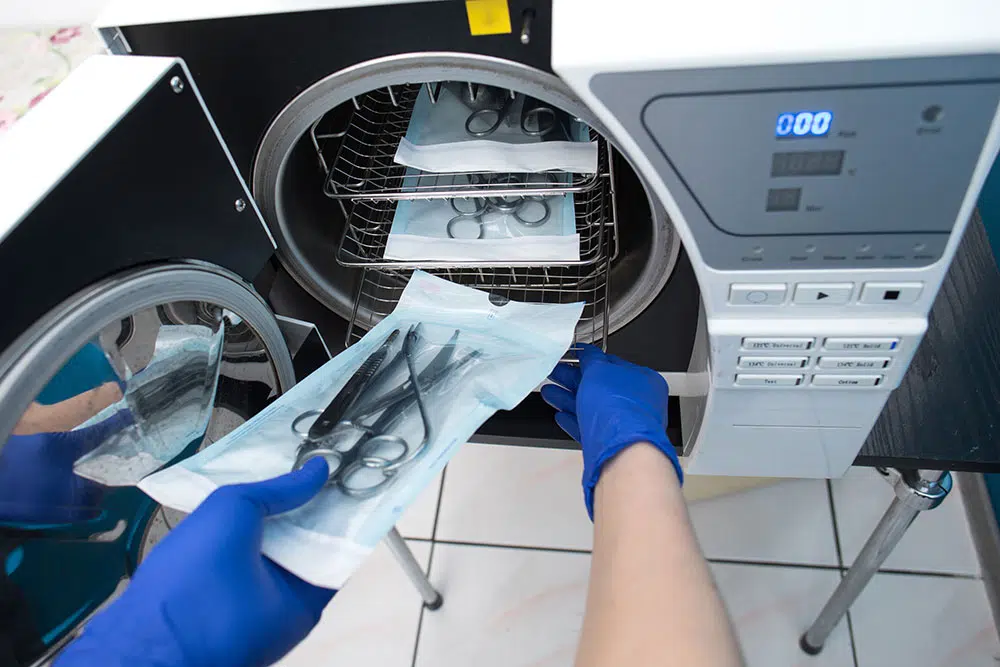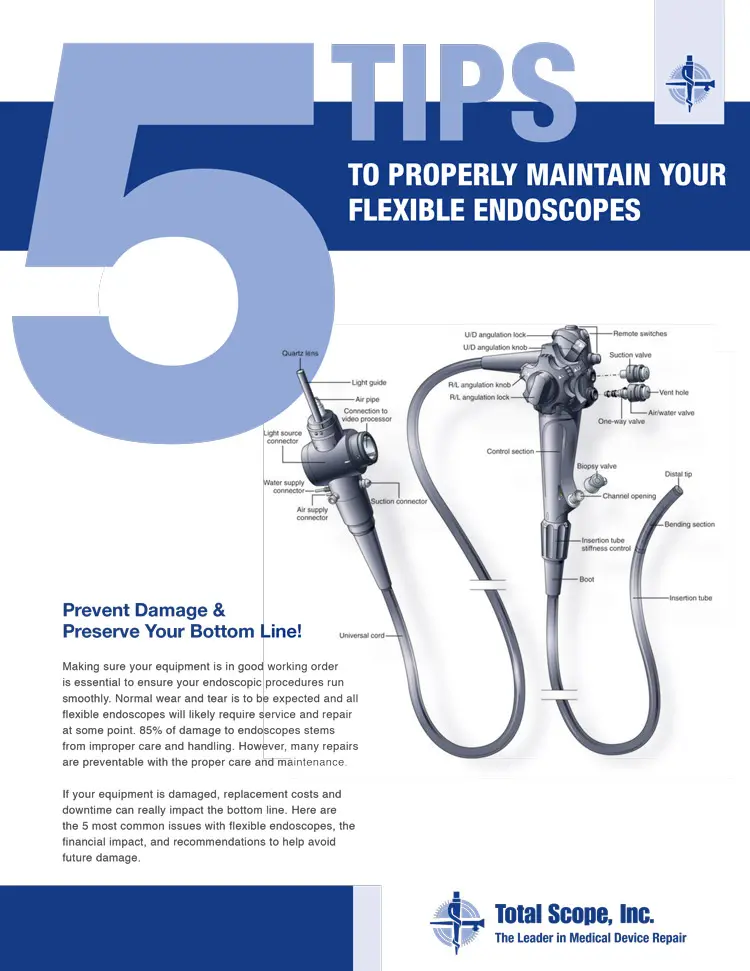 Proper care and handling are key to the longevity of your surgical instruments. After each procedure, you should follow a set cleaning process.
Proper care and handling are key to the longevity of your surgical instruments. After each procedure, you should follow a set cleaning process.
Even though stainless-steel instruments are viewed as the best material, you can’t assume that they are entirely corrosion-resistant. The cleaning and sanitizing process of surgical instruments is complex, so it’s important to delicately handle all instruments.
How to Clean Surgical Instruments
Here are some tips to keep in mind when handling and cleaning your surgical instruments.
-
- Immediately after use, clean and dry your instruments. Residue will cause staining if they are not rinsed right after the procedure. It is recommended that you use warm or cool, distilled water and solutions with a pH below 10 for cleaning, rinsing, and sterilization. Dry instruments thoroughly to minimize the risk of corrosion and water spots. For instruments such as forceps and scissors, make sure they are dried in an open position. Store instruments in dry areas.
- Instruments should be used for their intended purpose only. Make sure you use the appropriate instruments for each procedure. Incorrect use can damage the instruments beyond repair or can impact their performance, which can lead to frustration and delays in the OR.
- Don’t place instruments in saline or any other harsh solutions. Long-term exposure to saline can break down the surface of an instrument, which can cause corrosion.
- Use a softer brush for manual cleaning. Stiff plastic or nylon brushes are most effective for manual cleaning. You should pay special attention to hard-to-reach areas and moving parts. Using a steel or wire brush will likely damage the instrument.
- Lubricate all instruments that have any metal-to-metal action before autoclaving. Only use surgical instrument lubricants. Never use WD-40, oil, or other industrial lubricants. For instruments, such as scissors or needle holders, sterilize them in an open position. Never lock an instrument during autoclaving – this will prevent the steam from reaching and sterilizing the metal-to-metal surfaces.
- Ultrasonic cleaning is one of the most effective cleaning methods. Ultrasonic cleaning is the result of cavitation. The vibration waves create bubbles in the solution, which grow until they finally implode, removing grime. The recommended exposure time is 5-10 minutes.
Patient safety is crucial; therefore, hospital staff must have the proper education and training to make sure their surgical instruments are fully functional and sterile for each procedure.
Learn more about Total Scope’s surgical instrument repair services.
 FREE SHIPPING Anywhere in the Country for Repairs
FREE SHIPPING Anywhere in the Country for Repairs